Curious Questions: Were the Wright Brothers actually beaten to it by a farmer from New Zealand?
History is full of tales of inventors being credited with breakthroughs that had actually been achieved by others. Martin Fone takes a look at whether we should add the Wright Brothers to the list of the pioneers who'd been beaten to the punch.


History is written by the victors, the old adage goes, or by those with the best public relations machine, as Richard Pearse might have said. Think of the first manned flight and you will immediately think of the Wright brothers and their famous flight on the beach at Kitty Hawk, North Carolina, on 3rd December 1903.
There is, however, a convincing argument that Richard Pearse (1877 – 1953) beat them to it by a few months.
Why haven’t we heard of him? Well, Pearse laboured under three disadvantages; he was publicity-shy, he had a defective memory (don’t we all?) and he lived in the back-end of beyond, or New Zealand’s South Island, to be more precise. Here’s his story.
Richard, a farmer, was a serial inventor with a thing for bamboo. In 1902, he patented his first invention, a bamboo-framed bicycle powered by a vertical-drive pedal action and with a rod and rack gear system, integral tyre pumps and back-pedal rim-brakes. It was certainly ingenious and the like of which had not been seen before.
"In comparison with the Wright brothers’ prototypes at the time, it was superior save for a rather crude propeller system"
But like many a chap with an inventive streak at the time, Richard’s imagination was piqued by the early attempts to achieve powered flight.
It seems he had been mulling over the challenges in his mind from as early as 1899 and, by 1902, had come up with the design for a petrol engine. Naturally, it was ingenious, consisting of two cylinders with pistons. The clever bit was that the pistons worked in either direction, effectively turning into a four-cylinder engine, capable of generating between fifteen and twenty-two horse power.
Then Pearse built a plane to house the engine out of bamboo – naturally – as well as tubular steel, wire and canvas. It was the first to use proper ailerons and had a modern-style tricycle landing system, which meant that it could take off and land anywhere. It was also a monoplane.
Exquisite houses, the beauty of Nature, and how to get the most from your life, straight to your inbox.
In comparison with the Wright brothers’ prototypes at the time, it was superior save for a rather crude propeller system.
Having built his plane, the big question was; would it get off the ground?
Chronology is far from certain, not least because Pearse was reticent to publicise his experiments, which were often conducted in secrecy on his own extensive land. What eye-witness reports there are seem somewhat vague on key points of his exploits.
But it seems that as early as March 3, 1903, Pearse took to the air in a public demonstration of his flying machine. He manoeuvred his machine on to the Main Waitohi Road, which ran along the perimeter of his farm. The plane took off, perhaps reaching a height of some four metres, and travelled in a straight line for between fifty and 400 metres (there is no consensus amongst reports) before coming to rest in a gorse bush.
Some accounts date this attempt at flight as early as the end of March 1902.
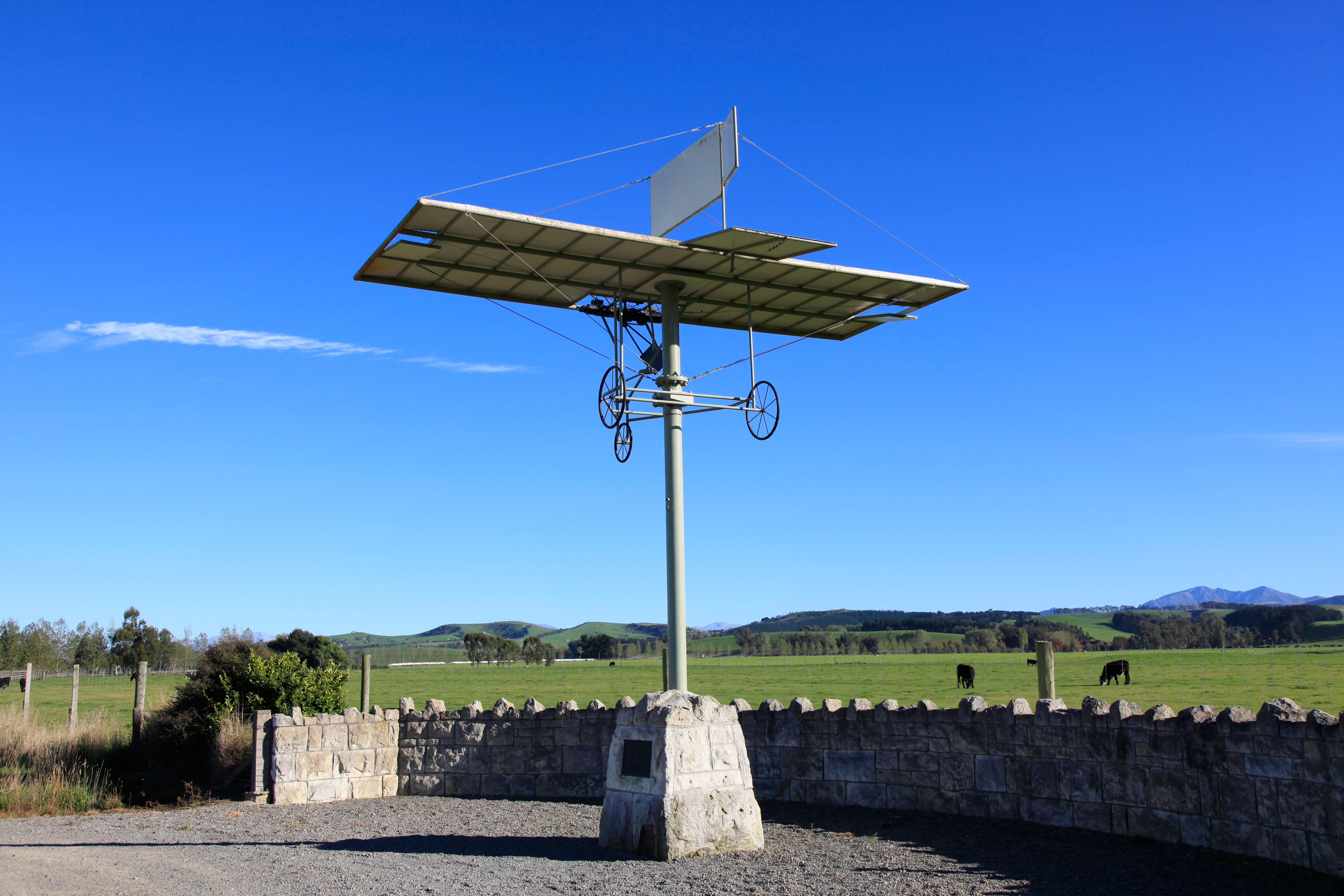
Undaunted, Pearse continued with his experiments. On May 11, 1903 he took off along the side of the Opihi River, turning left to clear the thirty-foot high river bank, and then manoeuvring to the right to follow the line of the river for some 1,000 yards. It was at this point that his engine overheated and began to lose power, forcing Richard to land in the riverbed. A local, Arthur Tozer, was crossing the river bed in a horse-drawn carriage at the time and was astonished to see Pearse fly directly over his head.
As well he might!
Pearse never publicised his achievements and the local newspapers only picked up on the story in 1909, perhaps setting a world record for the slowest pack of newshounds.
Pearse himself sowed confusion in the chronology by claiming in a couple of letters, published in 1915 and 1928, that it was not until February or March 1904 that he ‘set out to solve the problem of aerial navigation.’
I know as I get older memory plays tricks on my grasp on chronology but there are enough independent witnesses to suggest that Pearse was experimenting with a version of manned, powered flight – if not exactly controlled – far earlier than that.
Pearse patented his aircraft in 1906 but then seemed to lose his interest in flight, frustrated that competitors from abroad were getting all the glory. In the 1930s, though, he did design, and partly build, an aircraft with foldable wings and tail, which could be stored in a garage.
The idea never took off.
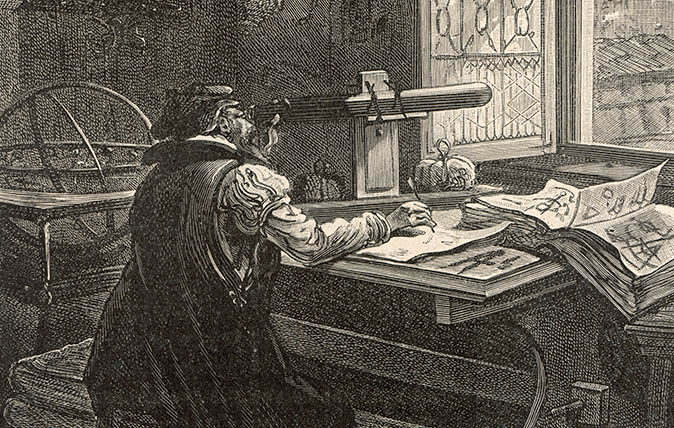
Curious Questions: How did Galileo take the credit for inventing the telescope despite being beaten to it by two Dutchmen and an Englisman?
Every schoolboy knows that Galileo Galilei invented the telescope. There's only one issue with that: he didn't. Yet what what
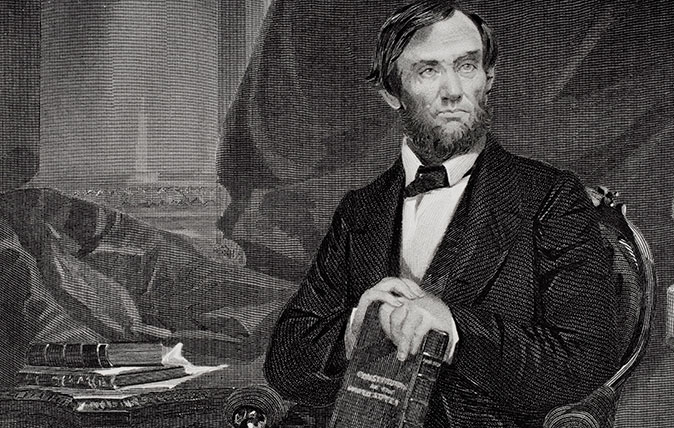
Credit: Getty
Curious Questions: How did Abraham Lincoln come to be the only US president to hold a patent?
Statesman, lawyer, fearless leader – and part-time inventor. Martin Fone looks at one of Abraham Lincoln's lesser-known talents.

Curious Questions: How are hailstones formed? And how big can they get?
Inspired by the recent wacky weather, Martin Fone — author of 50 Curious Questions — turns his gaze to what
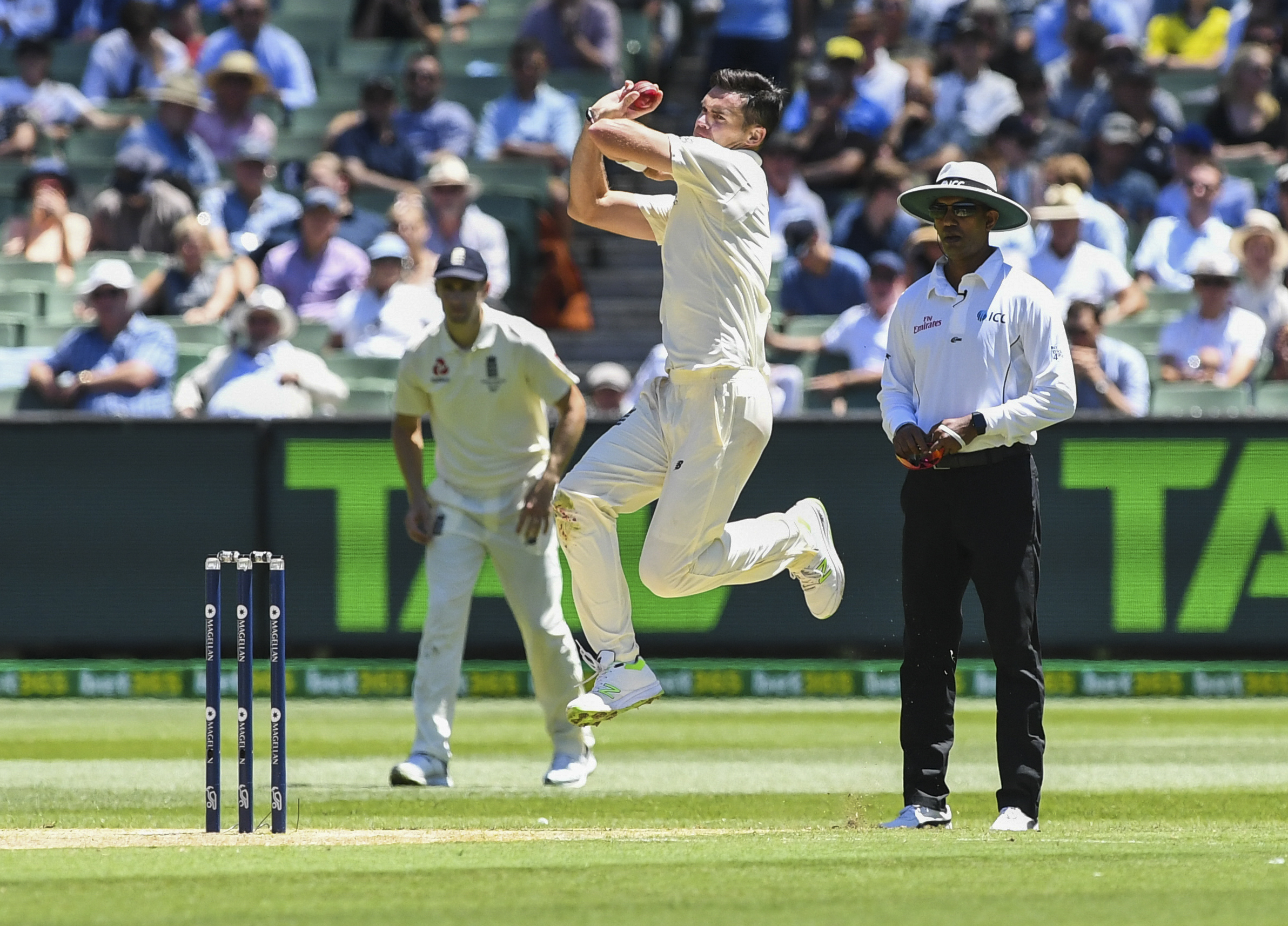
Credit: Morgan Hancock / Getty
Curious Questions: Why do cricketers call it a 'duck' when they get bowled out for 0?
Martin Fone, author of 50 Curious Questions, explains how a duck egg led to the popularisation of a term in
After graduating in Classics from Trinity College Cambridge and a 38 year career in the financial services sector in the City of London, Martin Fone started blogging and writing on a freelance basis as he slipped into retirement. He has developed a fearless passion for investigating the quirks and oddities of life and discovering the answers to questions most of us never even think to ask. A voracious reader, a keen but distinctly amateur gardener, and a gin enthusiast, Martin lives with his wife in Surrey. He has written five books, the latest of which is More Curious Questions.
-
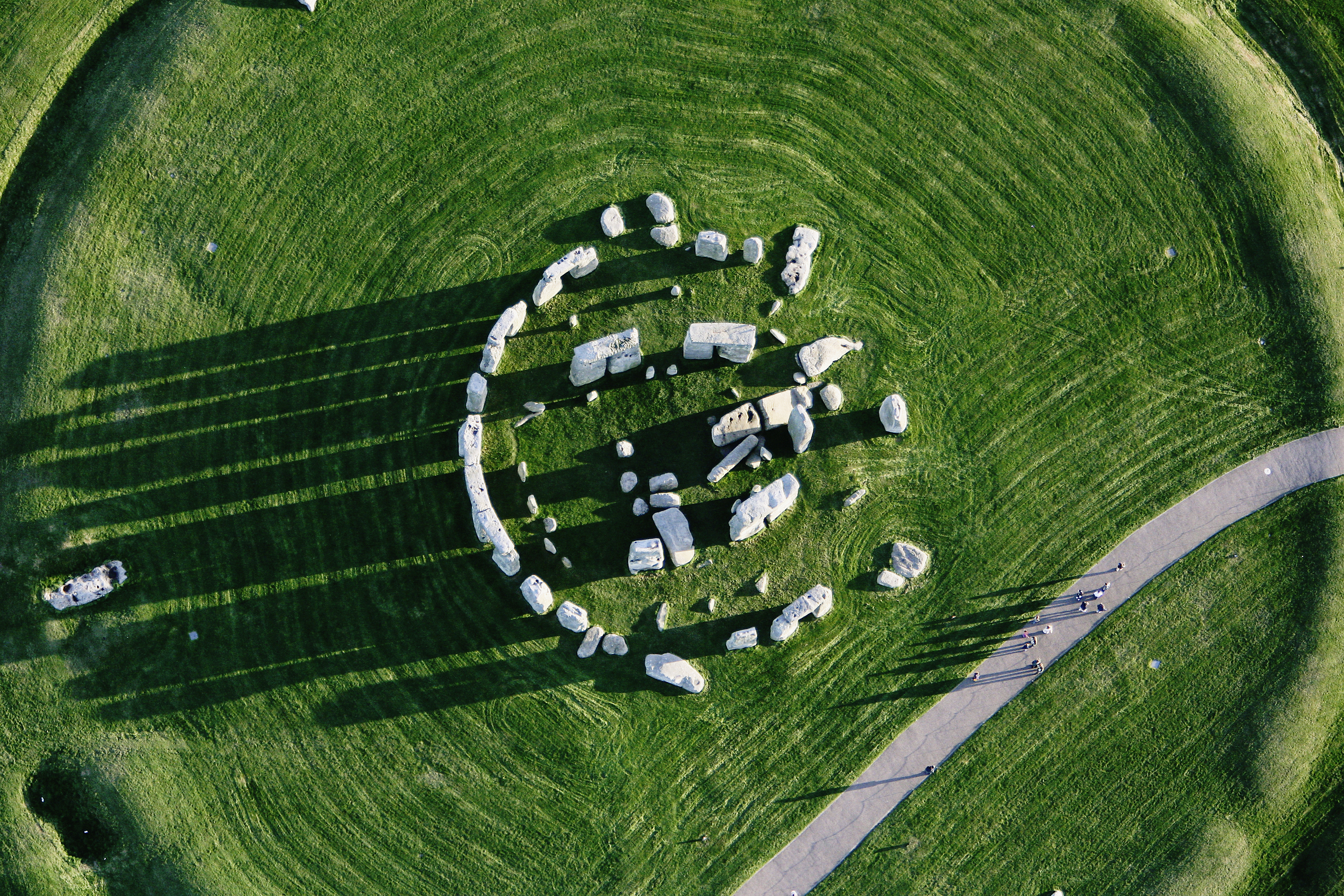 From lonely moorland megaliths to grand stone rings, Britain strains under the weight of enthralling, ancient rock
From lonely moorland megaliths to grand stone rings, Britain strains under the weight of enthralling, ancient rockWith their potent blend of wild looks and mystery, Britain’s ancient sites have an enduring magnetism — and there are far more of them than you might imagine.
-
 You’ve got to have a lot of balls: Wimbledon by numbers
You’ve got to have a lot of balls: Wimbledon by numbersHow many strawberries are consumed, how many petunias purchased and just how much racket string is required at the world’s oldest tennis championships? Lotte Brundle serves up the numbers.
-
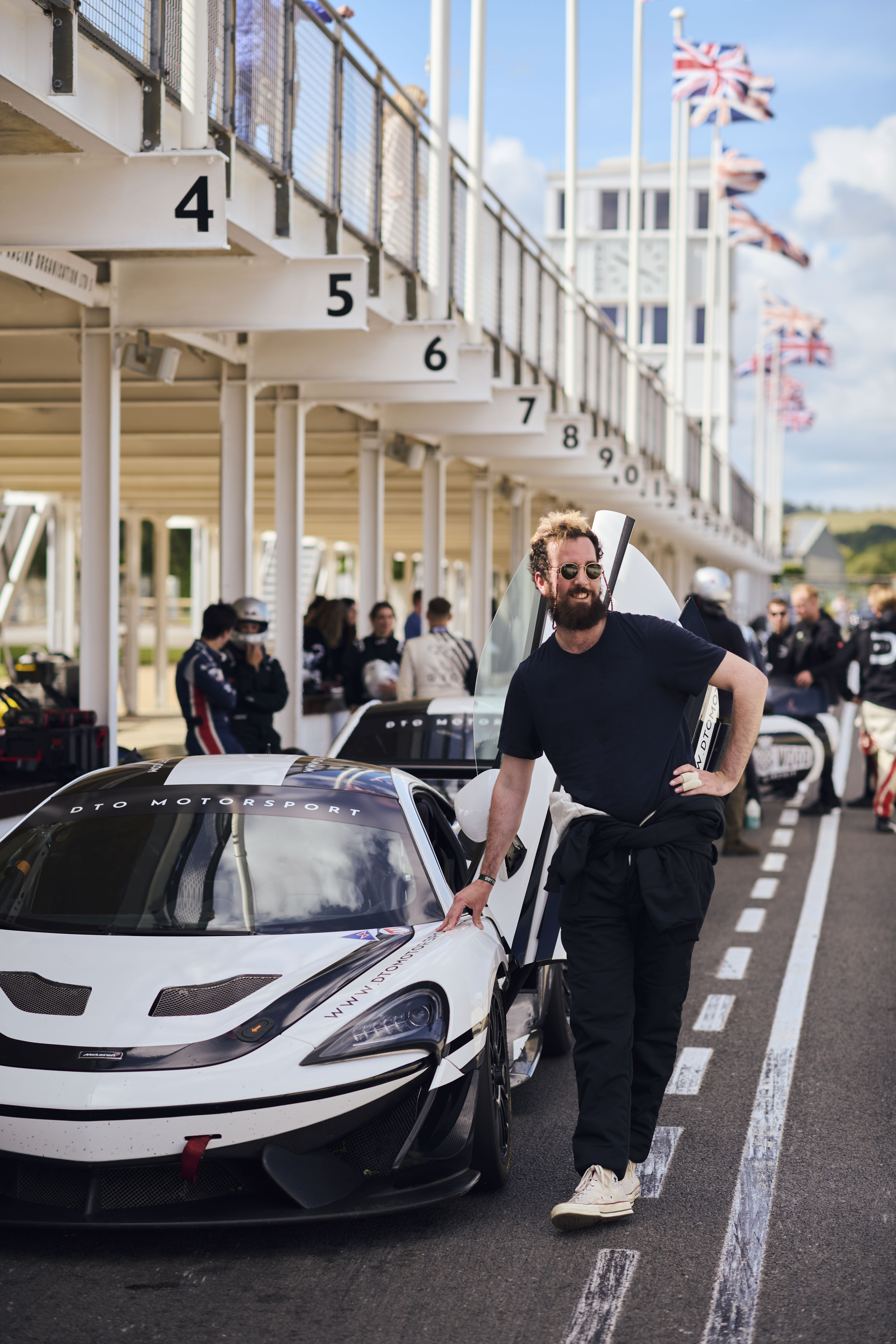 ‘Going around that track, in that Ferrari, was ecstasy of the most legal kind’: How to embrace your inner race car driver
‘Going around that track, in that Ferrari, was ecstasy of the most legal kind’: How to embrace your inner race car driverGoodwood’s ProDriver Experience is a chance for you to pull on a race suit and live out your childhood fantasies — no matter how tall you are.
-
 ‘I get all twitchy when I see people wearing something that really doesn’t belong’: A watch for every summer occasion
‘I get all twitchy when I see people wearing something that really doesn’t belong’: A watch for every summer occasionThere’s a watch for every social summer occasion, from the Mediterranean to muddy festivals. Chris Hall selects some of his favourites.
-
 Coco's crush: Chanel's century-long love affair with Britain and its men
Coco's crush: Chanel's century-long love affair with Britain and its menFor the past 100 years, Chanel — the person and the brand — has left an indelible mark on the UK and its cultural institutions. Amie Elizabeth White takes a look at how the relationship came to be.
-
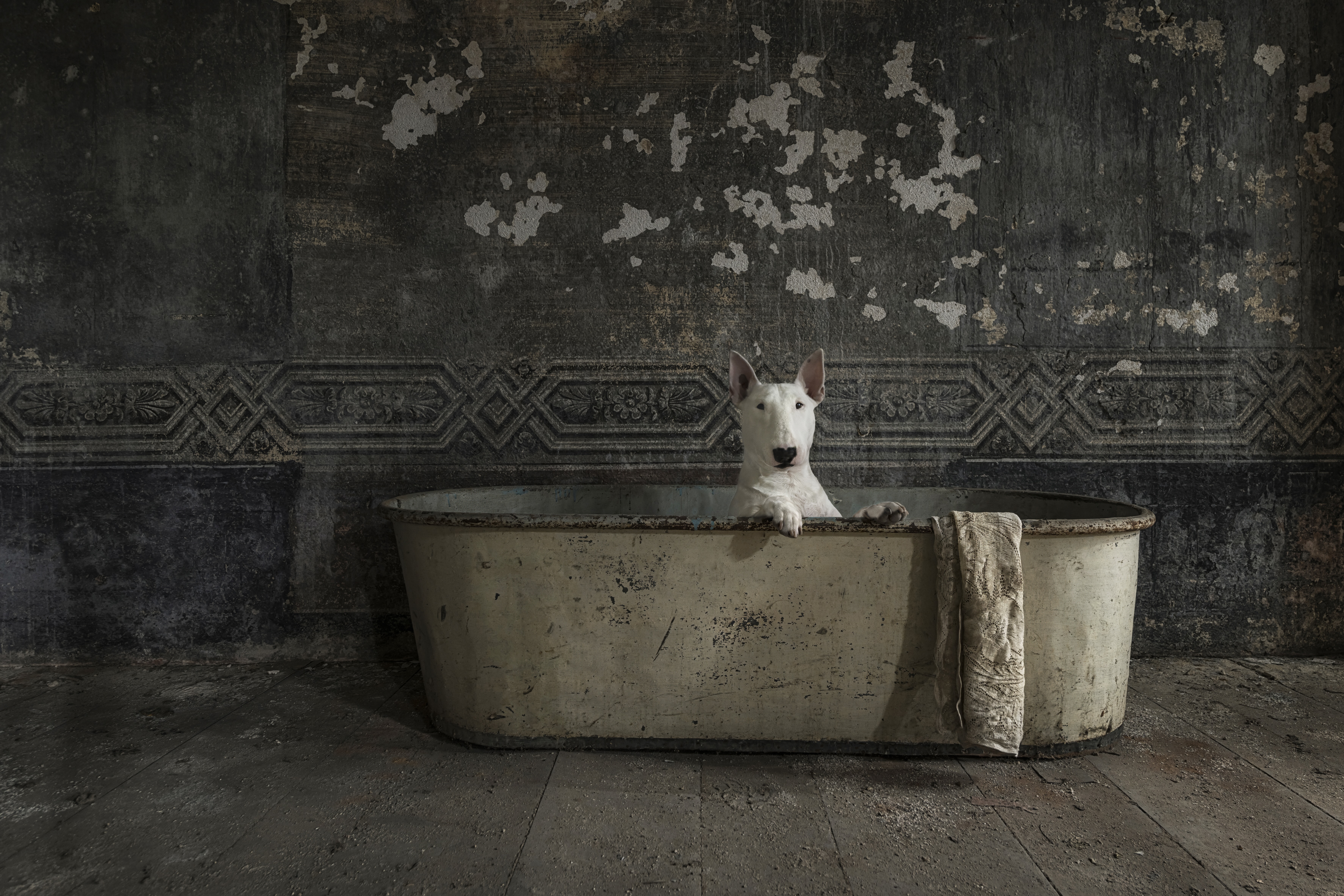 Canine muses: The English bull terrier who helped transform her owner from 'a photographer into an artist'
Canine muses: The English bull terrier who helped transform her owner from 'a photographer into an artist'In the first edition of our new, limited series, we meet the dogs who've inspired some of our greatest artists.
-
 The successor to the 'most beautiful car of the 20th century' is smooth, comfortable... and ends up highlighting everything that's wrong in car design today
The successor to the 'most beautiful car of the 20th century' is smooth, comfortable... and ends up highlighting everything that's wrong in car design todayThe DS No. 4 traces its lineage back to the Citroën DS, a car so extraordinary that people described it as looking 'as if it had dropped from the sky'. And while the modern version is more friendly to the earth, says Toby Keel, it's also worryingly earthbound.
-
 Richard Rogers: 'Talking Buildings' is a fitting testament to the elegance of utility
Richard Rogers: 'Talking Buildings' is a fitting testament to the elegance of utilityA new exhibition at Sir John Soane's museum dissects the seminal works of Richard Rogers, one of Britain's greatest architects.
-
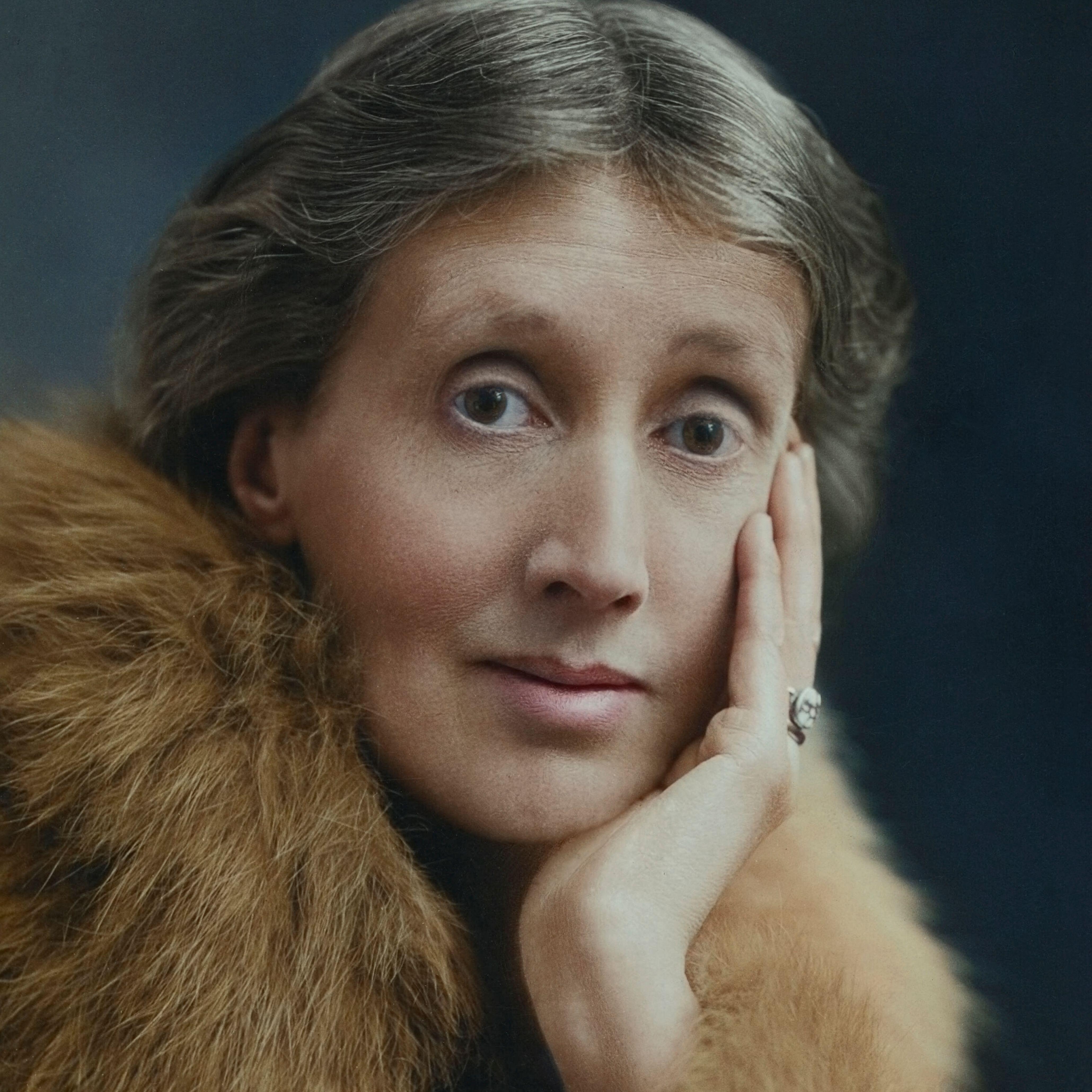 ‘The perfect hostess, he called her’: A five minute guide to Virgina Woolf’s ‘Mrs Dalloway’
‘The perfect hostess, he called her’: A five minute guide to Virgina Woolf’s ‘Mrs Dalloway’To mark its centenary, Lotte Brundle delves into the lauded writer’s strange and poignant classic, set across a single summer’s day in 1920’s London.
-
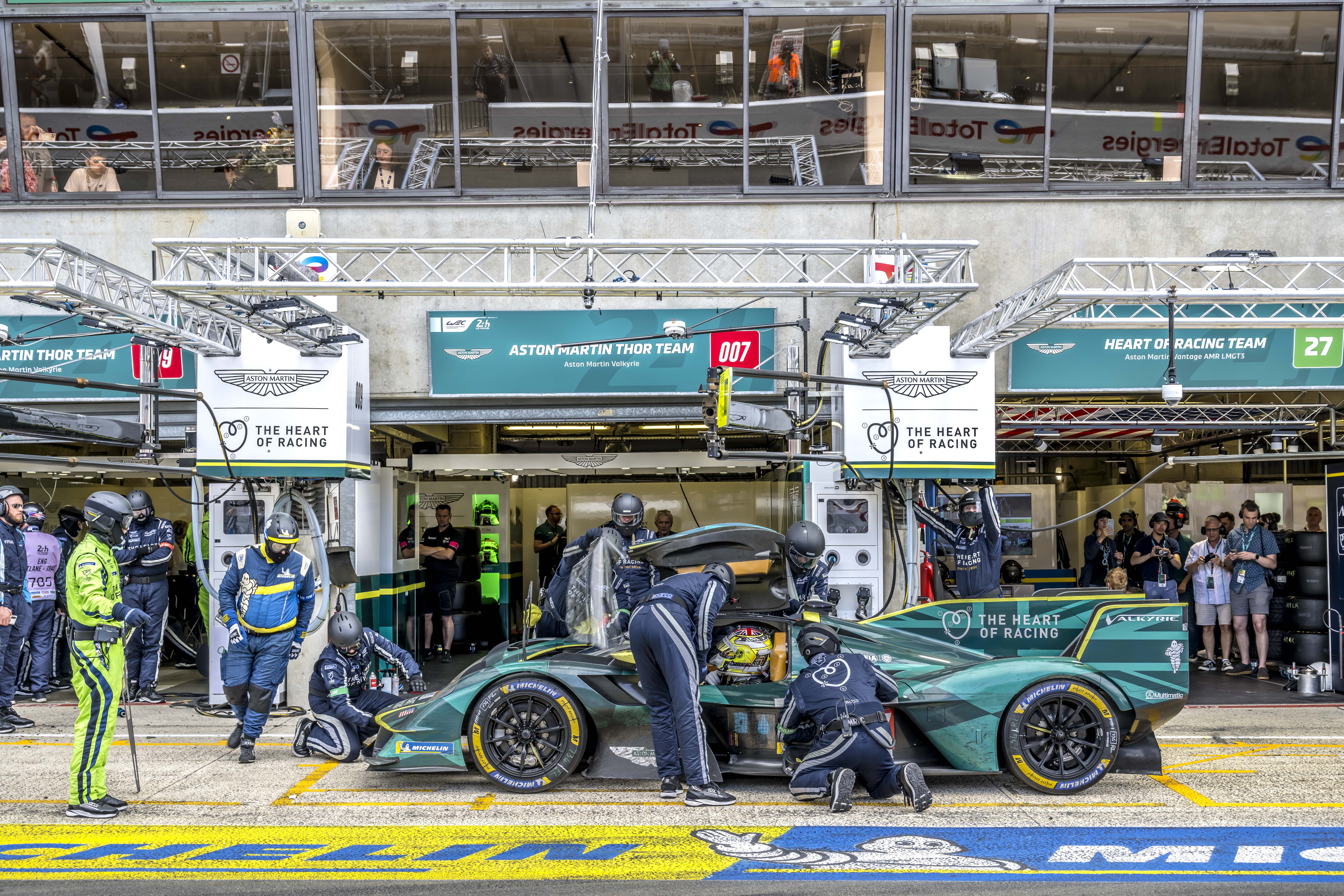 300 laps, thousands of tires, 24 hours of non-stop racing: Up close and personal at Le Mans 2025
300 laps, thousands of tires, 24 hours of non-stop racing: Up close and personal at Le Mans 2025At this year's iconic 24 Hours of Le Mans, British car manufacturer Aston Martin returned to the race's top category — and they invited writer Charlie Thomas along for the ride.
